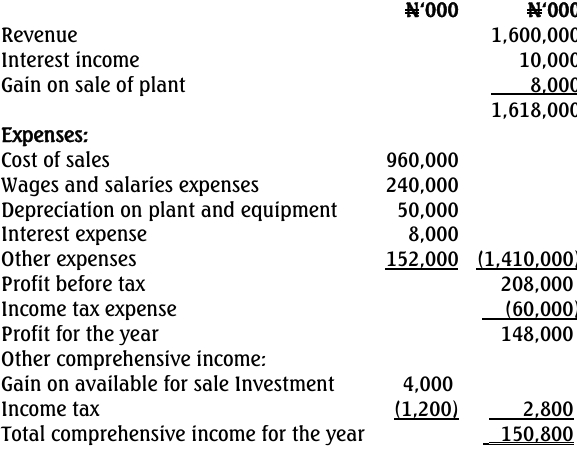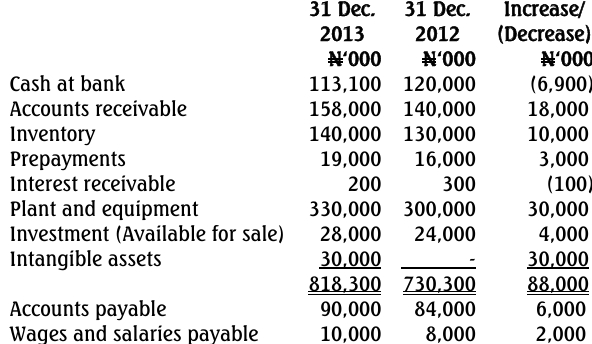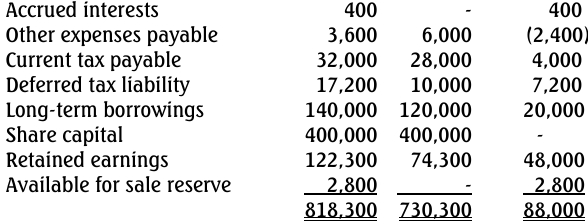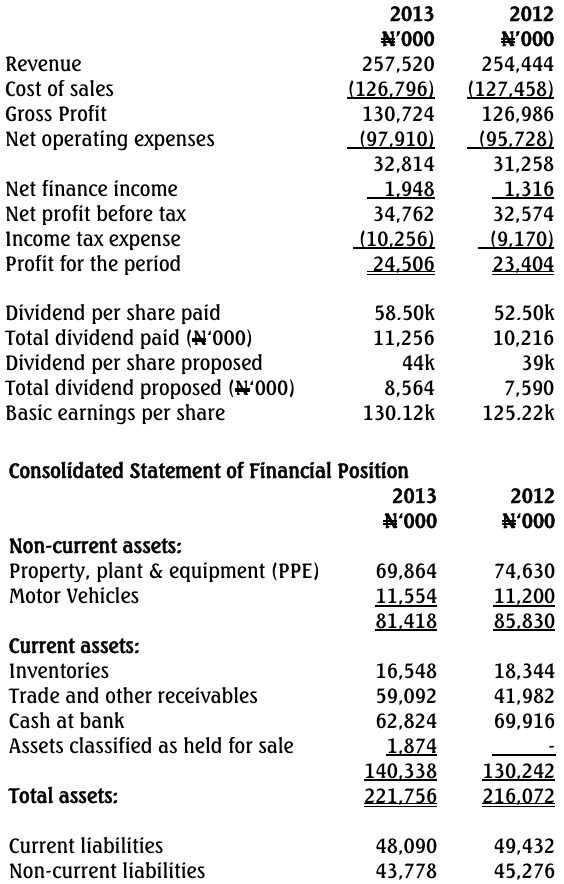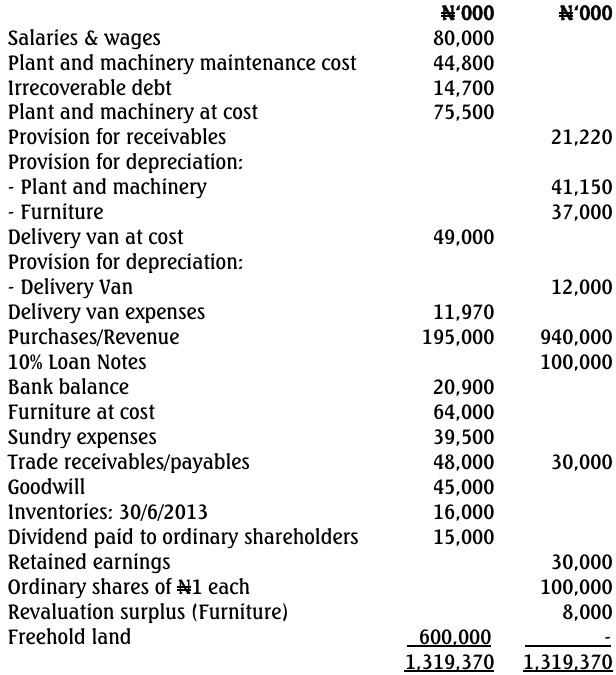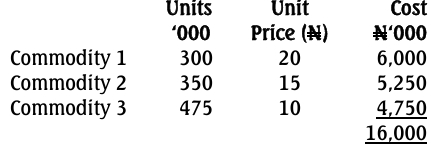- 15 Marks
AAA – Nov 2014 – L3 – SC – Q7 – Audit of IT Systems and Data Analytics
Evaluates factors influencing the use of CAATs in audit planning and identifies solutions to address audit trail loss.
Question
CAATs
The availability of Computer Assisted Audit Techniques (CAATs) should be considered by auditors when planning the nature, extent, and timing of tests in an audit. Auditors must determine their testing strategies which will depend on their choice of either using a manual testing method or a computer-assisted method.
Required:
(a) Explain FIVE factors that will determine auditors’ choice of method of testing in the planning of an audit in a computer environment. (10 Marks)
(b) Identify FIVE solutions to loss of audit trail. (5 Marks)
Find Related Questions by Tags, levels, etc.
- Tags: AATs, Audit Planning, Audit Techniques, Audit trail, Data Analytics, IT Systems, Risk Management, Testing Methods
- Level: Level 3
- Topic: Audit of IT Systems and Data Analytics
- Series: NOV 2014
Report an error



